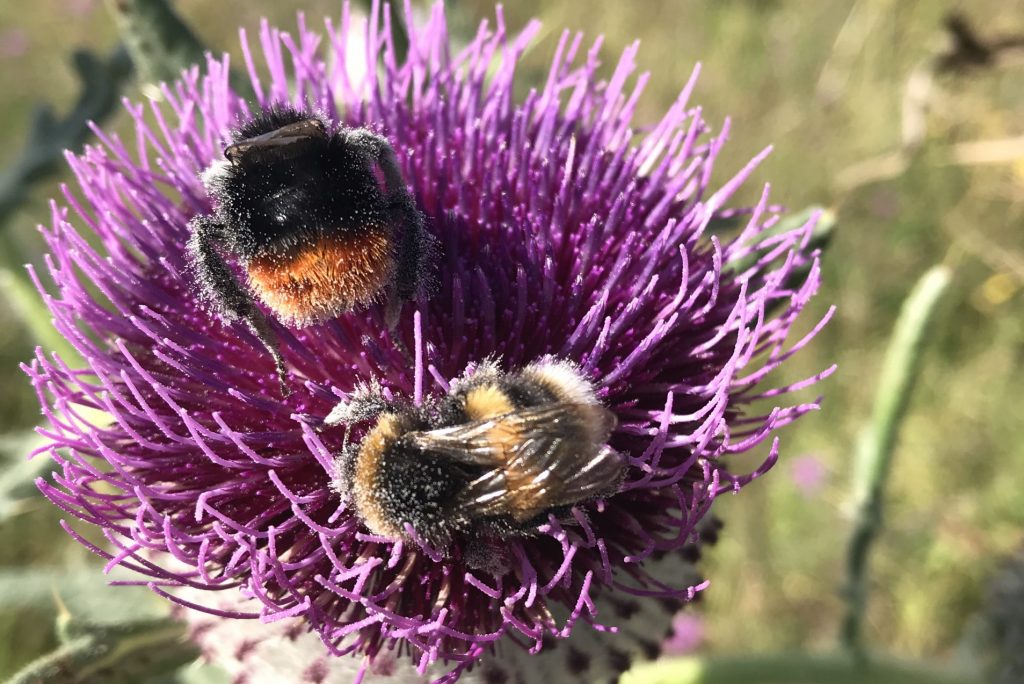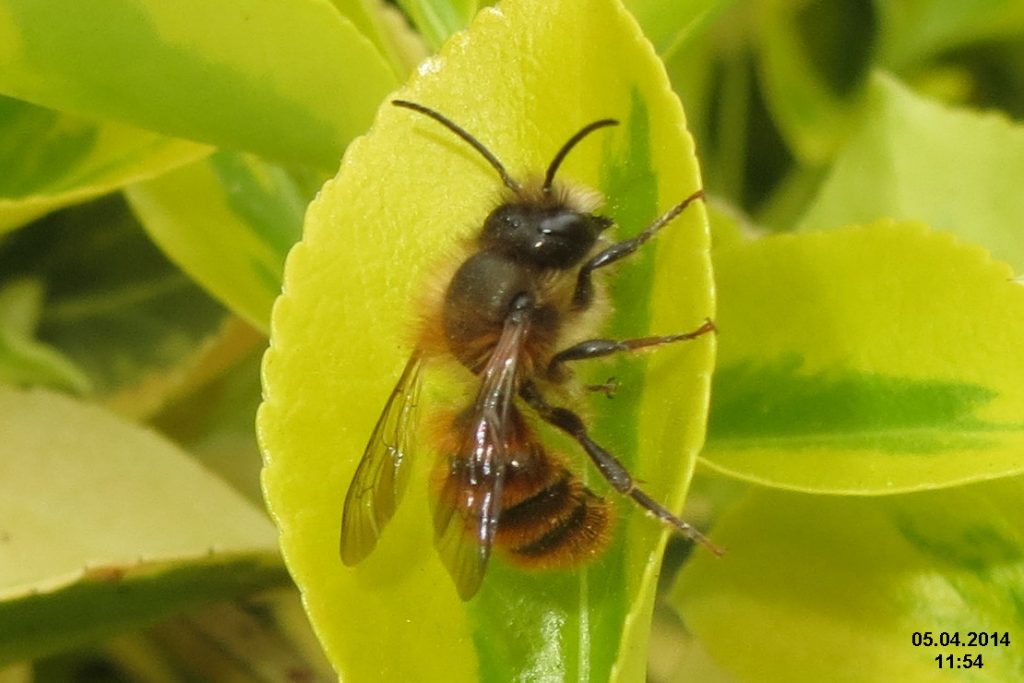
I remember as a child that my parents had to clean bugs off their car windscreens on long journeys, but that doesn’t really happen anymore. It was easy to get fed up with those pesky starlings taking over bird feeders and eating all the food! Even little hedgehogs in our gardens are now a rare sight. A biodiverse habitat is a healthy habitat, and biodiversity has huge implications for things like the food chain. Beyond that, greenery and wildlife have really positive benefits for our physical and mental health. Look at the Japanese culture of shinrin-yoku or ‘forest bathing’. Studies have shown that being in nature can reduce stress and boost your mood.
So how does this impact on the MOD? As one of the UK’s largest landowners it is important that we play our part to protect and promote biodiversity. We are a committed stakeholder to the government’s National Pollinator Strategy, for example. Recently we’ve been getting involved in a programme called B-Lines. It’s a Defra initiative, run by the charity Buglife, and the idea is create corridors of habitat for pollinators, all over the country.
What is a B-Line?
B-Lines are an imaginative and beautiful solution to the problem of the loss of flowers and pollinators. The B-Lines are a series of ‘insect pathways’ running through our countryside and towns, along which we are restoring and creating a series of wildflower-rich habitat stepping stones. They link existing wildlife areas together, creating a network, like a railway, that will weave across the British landscape. This will provide large areas of brand new habitat benefiting bees and butterflies as well as a host of other wildlife. Why not see where they are in your region by checking the maps?
What are we doing?
We’ve been working with Buglife to look at where the corridors might go and how and where we can include MOD sites. We then get in touch with decision makers for the site and talk to them about the initiative. Those people include the Head of Establishment, Industry Partners, DIO estate facilities managers and many more. As all sites are unique, we discuss ways that we can contribute to the B-Lines. One of the easiest ways is to leave patches of grass uncut or even just delay the first cut of the year. Although our military colleagues are trained to have everything neat and orderly it has not been difficult to persuade Commanding Officers of all the benefits of the B-Lines. Another option is to look at spare patches of land or borders which could be planted with wildflowers; an example of this is at RAF Waddington where they planted a hectare of unused land with wildflowers. It has been a great success. We have a small annual budget which can be used to support these initiatives.

The team at Buglife has recently finished planning the corridors in Wiltshire, which has been a big focus for us given how much land the MOD has in the county. Lt General Richard Nugee, the MOD’s Climate Change and Sustainability Strategy Lead and a Wiltshire resident himself, has spoken about how B-Lines will help us to enhance our land holdings and community green spaces and benefit people as well as wildlife.
As well as this we’re collaborating with wider communities, such as parish councils, who want to work with is to benefit biodiversity in their areas. Making your outdoor space, either in your own garden or a communal area, more appealing for pollinators is a great thing to do whether or not you are on a B-Line, why not see if you could help as an individual or start a local pollinator group? Please check out the links for more information and ideas.
Leave a comment